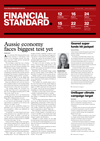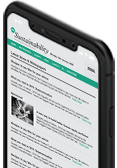Search Results | Showing 11 - 20 of 31 results for "apparel" |
| | | ... high level risks in the equity and fixed income investment teams in consumer discretionary - in particular retailers, apparel and technology; health care supplies, energy and construction; and the emerging markets debt team include "countries that are ... |
| | | | ... organisations and trade unions spoke with The Sustainability Report regarding their concerns for employees in industries including apparel, agriculture, cleaning and security, both here in Australia and internationally. In the immediate response to the ... |
| | | | ... everything in isolation, that's how you work together, because that's how you create economies of scale." Australian brands and apparel retailers have a role to play in influencing how processes are optimised, Chinnery said. "Part of the potential power ... |
| | | | More than two thirds of apparel companies around the world can demonstrate tracing all final stage suppliers for human rights and environmental exposures, but only 18?% have traced input suppliers and 8% have traced all material suppliers, according ... |
| | | | ... in some of those sectors that haven't seen themselves as having as big an exposure as they do." Davidson noted that the apparel and textile sector was not included in the report because ACSI has previously conducted research on that specific sector's ... |
| | | | ... stakeholders including trade unions, etc. Woolworths and Wesfarmers scored poorly in the report - they weren't assessed as apparel companies, but on their agriculture supply chain. There is internal asymmetry relating to different lines. Extractive companies ... |
| | | | ... chain leading to consumer and stakeholder awareness and demand, such as in sweat shops and safety black swan events in apparel; migrant and forced labour in food, and biodiversity impacts in paper and timber," Jeyaretnam said. "In other sectors there ... |
| | | | ... pilot benchmark. The Corporate Human Rights Benchmark will focus on the largest companies in the agricultural products, apparel and extractives industries, and the results will be published in November 2016. CHRB has been two years in the development ... |
| | | | ... benchmarked against those indicators. The companies will cover three industry sectors - food and beverage/agriculture, apparel, and extractives. Nordea is the largest asset manager in the Nordics with EUR184 billion in assets under management. Nordea ... |
| | | | ... across all of our brands," Chaney said. "Coles, Target and Kmart are increasingly publishing the names and addresses of apparel companies that we source from. It's an involved process - we need to get [apparel factories'] permission to disclose those ... |
|

















